Some aesthetic themes arise purely as a counterpoint to an established visual mode. For decades, we’ve surrounded ourselves with increasingly polished, seamless, perfect objects; from smartphones to automobiles, the stylistic vector has been ever towards shiny, sleek, rational, and technological. Made by machines, with all hints of an artisanal human hand increasingly absent, this is a critical aspect of modernity. While we see no reason for this aesthetic to be truly challenged in the long run, an interesting visual mode has been rising up in opposition. This trend seeks to focus on traditional elements of hand-made craft, such as the characteristic zigzag pinked seamstress pattern, hammered studs or rivets, or heritage materials like felt, rope, or woven/gathered fibers. But the real key is to exaggerate those elements to a high degree, to the point they become first-read design elements. Other design elements should be purposefully downplayed to amplify the effect. For example, in the red Fury chair, the zigzag cut pattern typical of textile work is exaggerated in scale. In Helena Westerlind’s and Tanya Aguiñiga’s knitted rope accessories, the chain-knit knot pattern is scaled up to become the primary design motif. Exaggerated Craft began appearing in recent years primarily in the Furniture and Fashion categories (although Marc Newson’s early Lockheed Lounge chair (mid-1990’s) hints at early hand-made aeronautical metalwork). Some designers in Fashion, Accessories, and Furniture have carved out a niche based on Exaggerated Craft, and sites such as Etsy have created a sustained interest despite the low production quantities associated with hand-crafted items. Tom’s Shoes has been able to elevate this trend to mass-production levels of scale, yet retain key design elements that speak to the hand-crafted nature of their iconic shoe, such as the rough woven canvas and pleated toe folding. Again, not for every brand or product category, but very effective for tech-saturated markets where consumers are seeking to get back in touch with our hand-crafted heritage. Now… where did we put those pinking shears?

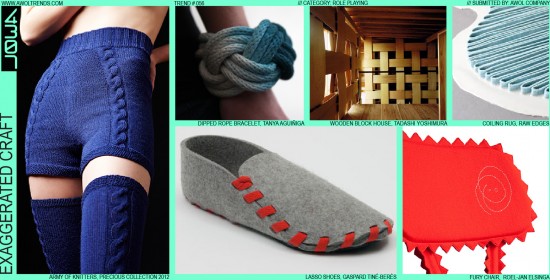
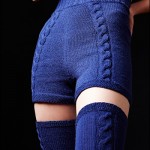
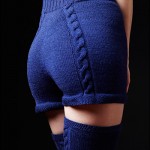
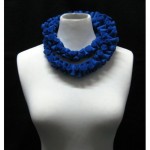
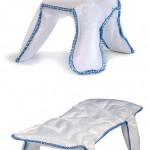
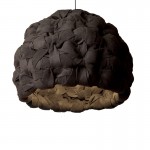
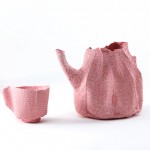
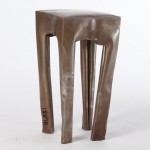
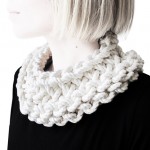
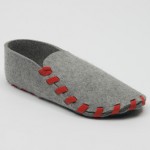

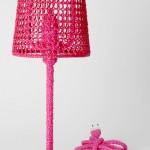
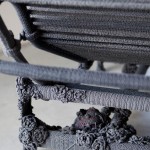
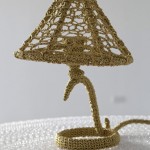


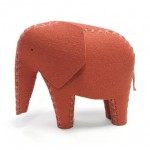
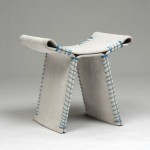
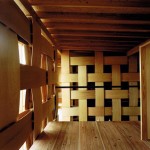
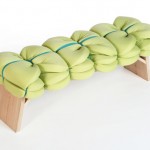
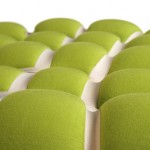
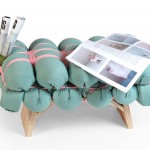

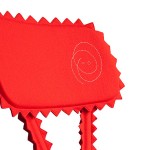
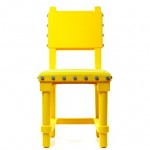


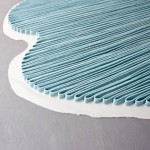
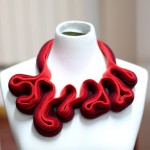
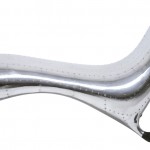

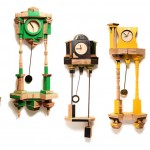
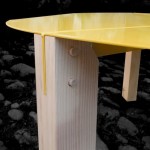

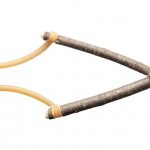

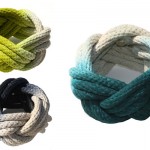

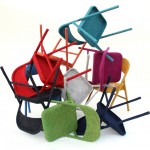

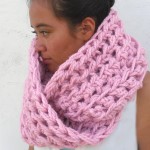

Do you believe this is limited only to soft good items. Or could it be any method of productions? Thank You.
The visual cues of soft goods craftsmanship are always very obvious (stitches, cut lines, pleating, etc.) However, almost all production methods have similar inherent characteristics that are unique to that process: forming sheet metal may utilize rivets, injection molding has gates and witness lines, woodworking has grain, fasteners, and milling methods. Each of these things can be exaggerated per this trend, which definitely has the flexibility to extend beyond sewn/fabric applications.
-AWOL Trends